Madrid Realists
From February to May 2016, the Museo Thyssen-Bornemisza presents an exhibition on a celebrated group of painters and sculptors of the same generation who have lived and worked in #madrid since the 1950s.
From February to May 2016, the Museum presents an exhibition on a celebrated group of painters and sculptors of the same generation who have lived and worked in Madrid since the 1950s and who are united by their early training, their work and their personal and family ties.
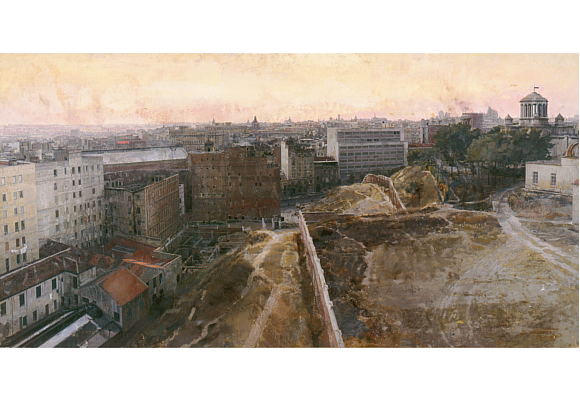
While other names are sometimes added, the group to be presented in this exhibition comprises seven artists: Antonio López García (Tomelloso, Ciudad Real, 1936), who was the subject of a monographic exhibition at the Museum in 2011 and who on this occasion is represented by works including previously unexhibited and recently created ones; his wife María Moreno (Madrid, 1933); the sculptors Julio López Hernández (Madrid, 1930) and his brother Francisco (Madrid, 1932); Julio’s wife, the painter Esperanza Parada (San Lorenzo de El Escorial, Madrid, 1928 – Madrid, 2011); Francisco’s wife, the painter Isabel Quintanilla (Madrid, 1938), and Amalia Avia (Santa Cruz de la Zarza, Toledo, 1930 – Madrid, 2011), who was married to the artist Lucio Muñoz.
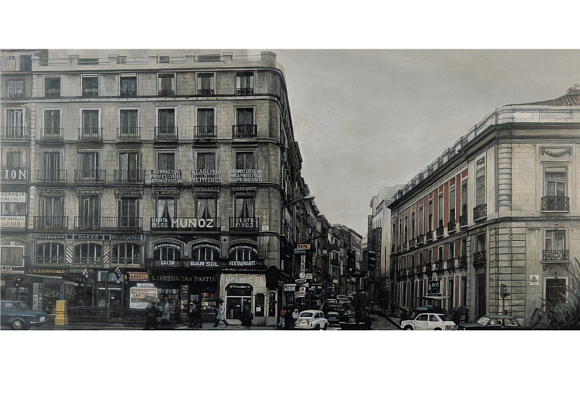
Not all these artists were born in Madrid, but for all of them the city was or is their principal place of work and residence. This exhibition, which is benefiting from the collaboration of the Comunidad de Madrid, is the first on these artists to be held in Madrid in the past twenty-five years and offers a reassessment of the group as a whole.
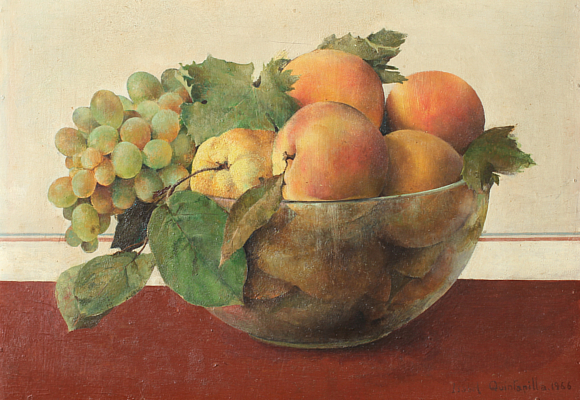
It includes around ninety works including oil paintings, sculptures, reliefs and drawings, which are displayed in the galleries in a way that establishes dialogues between the artists and emphasises the points they have in common, both with regard to their choice of subjects and their manner of approaching them. These connections are reinforced by the close relationship that links these artists, either of family ties or friendship, the coincidences in their academic training and their shared opposition to the Informalism that prevailed in the Spanish art scene in the 1950s.
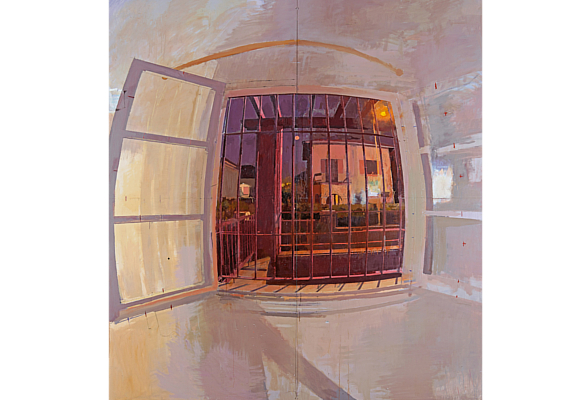
Many of the works selected for the exhibition have not been seen in Spain for many years and have been chosen by the exhibition’s two curators – María Lopez, daughter of Antonio López, and Guillermo Solana, together with the technical curator Leticia de Cos – from the artists’ own collections, from other private collections and from international institutions, the majority in Spain and Germany, with important loans also coming from the
USA.
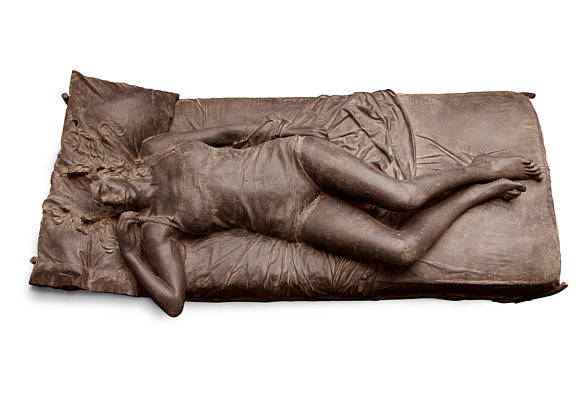
The notable presence of women artists in the group (four women to three men) is also reflected in the exhibition, revealing the prominent role of women in this first artistic generation following the Spanish Civil War. After their early years of training in the 1950s, which many of these artists undertook at the Escuela Superior de Bellas Artes de San Fernando on calle Alcalá in Madrid, their lives and careers have run almost parallel, giving rise to intense intellectual and artistic exchanges.
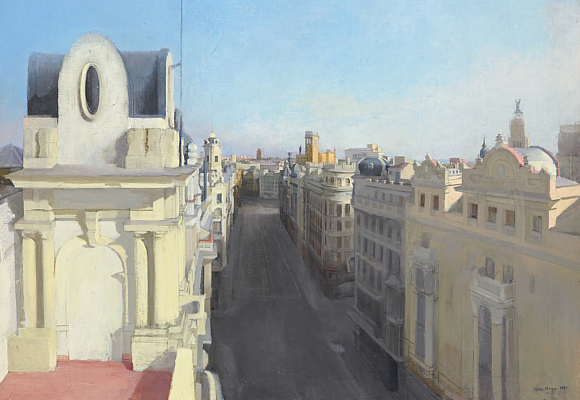
Their consolidation as a group came about through collective exhibitions both in Spain and abroad, from Magic Realism in Spain (Frankfurt, 1970) to Another Reality. Fellow Artists in Madrid (Casa de las Alhajas, Madrid, 1992). These exhibitions revealed a shared aesthetic: a vision of the everyday, of objects and family spaces, which is imbued with mystery, melancholy and intimacy and marked out by the passing of time and the presence of death.
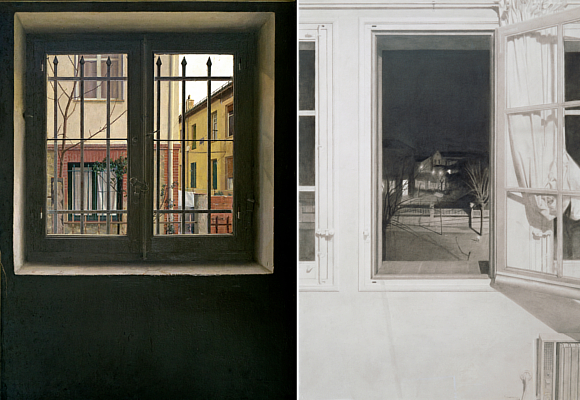
This sense of strangeness produced by things is influenced by certain 20th-century figurative trends (such as Metaphysical painting, New Objectivity and Surrealism) and by the great tradition of Spanish painting with its meditative and allegorical resonances.
(Featured Image: Amalia Avia, Filatelia Finarte, 1989)
